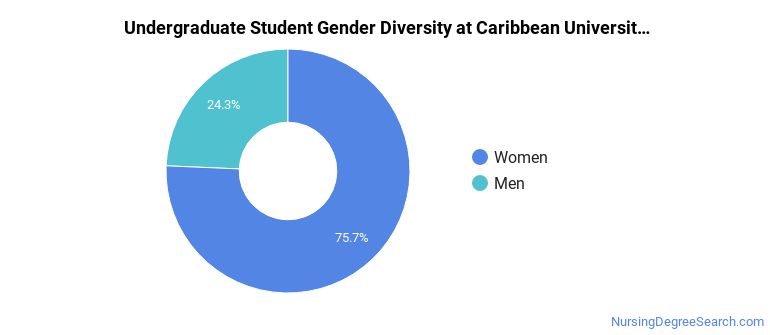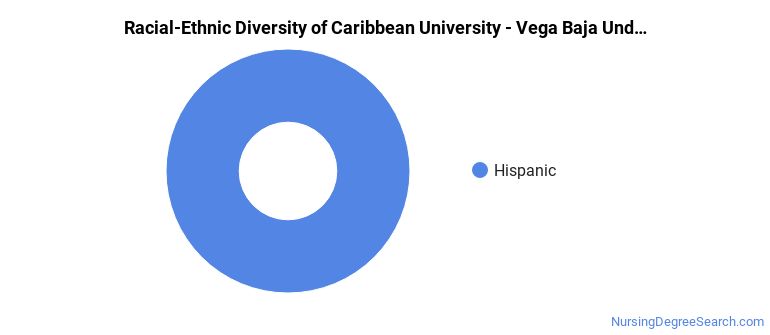Caribbean University - Vega Baja Nursing Programs
Located in Vega Baja, Puerto Rico, Caribbean University - Vega Baja is a private not-for-profit institution. Vega Baja is considered a suburb and offers tranquility and safety near the excitement of a city center.
Where Is Caribbean University - Vega Baja?

Contact details for Caribbean University - Vega Baja are given below.
| Contact Details | |
|---|---|
| Address: | Carr 671 K.M. 5, Sector El Criollo, Bo. Algarrobo, Vega Baja, PR 00964 |
| Phone: | 787-858-3668 |
| Website: | www.caribbean.edu |
How Do I Get Into Caribbean University - Vega Baja?
You can apply to Caribbean University - Vega Baja online at: https://form.jotform.com/201113968323046
Can I Afford Caribbean University - Vega Baja?
Student Loan Debt
It's not uncommon for college students to take out loans to pay for school. In fact, almost 66% of students nationwide depend at least partially on loans. At Caribbean University - Vega Baja, approximately 20% of students took out student loans averaging $3,811 a year. That adds up to $15,244 over four years for those students.
Caribbean University - Vega Baja Undergraduate Student Diversity

There are also 12 graduate students at the school.
Gender Diversity
Of the 111 full-time undergraduates at Caribbean University - Vega Baja, 24% are male and 76% are female.

Racial-Ethnic Diversity
The racial-ethnic breakdown of Caribbean University - Vega Baja students is as follows.

| Race/Ethnicity | Number of Grads |
|---|---|
| Asian | 0 |
| Black or African American | 0 |
| Hispanic or Latino | 111 |
| White | 0 |
| International Students | 0 |
| Other Races/Ethnicities | 0 |
Caribbean University - Vega Baja Nursing Concentrations
The table below shows the number of awards for each concentration.
| Major | Associate’s | Bachelor’s | TOTAL |
|---|---|---|---|
| Other Practical Nursing, Vocational Nursing and Nursing Assistants | 2 | 1 | 3 |
| TOTAL | 2 | 1 | 3 |
References
*The racial-ethnic minorities count is calculated by taking the total number of students and subtracting white students, international students, and students whose race/ethnicity was unknown. This number is then divided by the total number of students at the school to obtain the racial-ethnic minorities percentage.
More about our data sources and methodologies.
